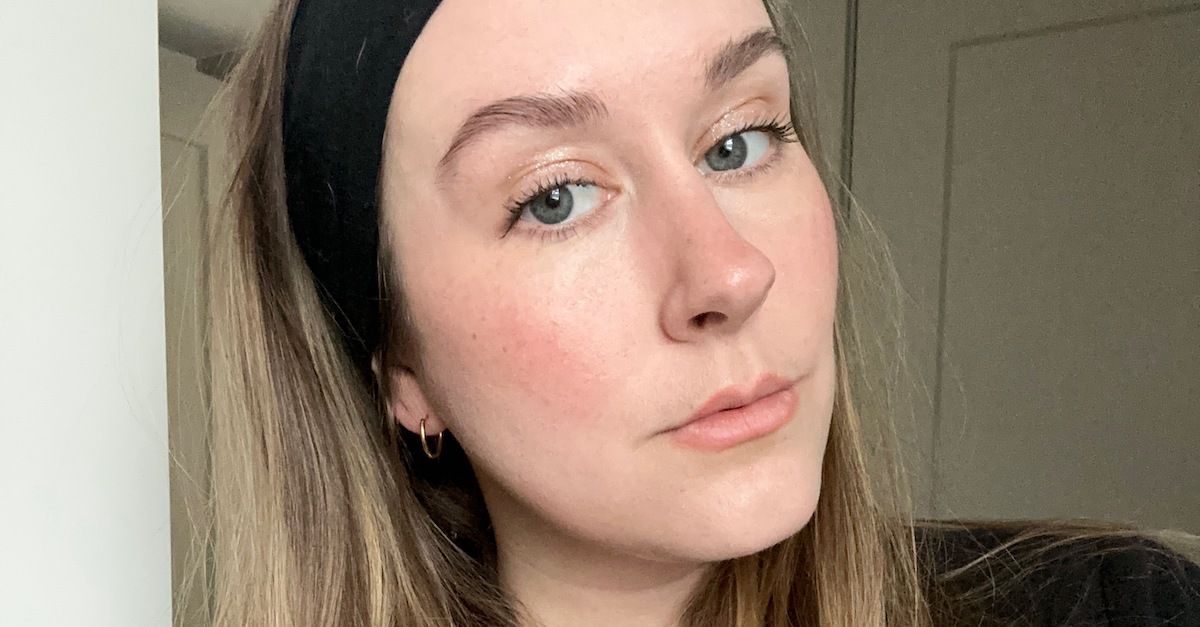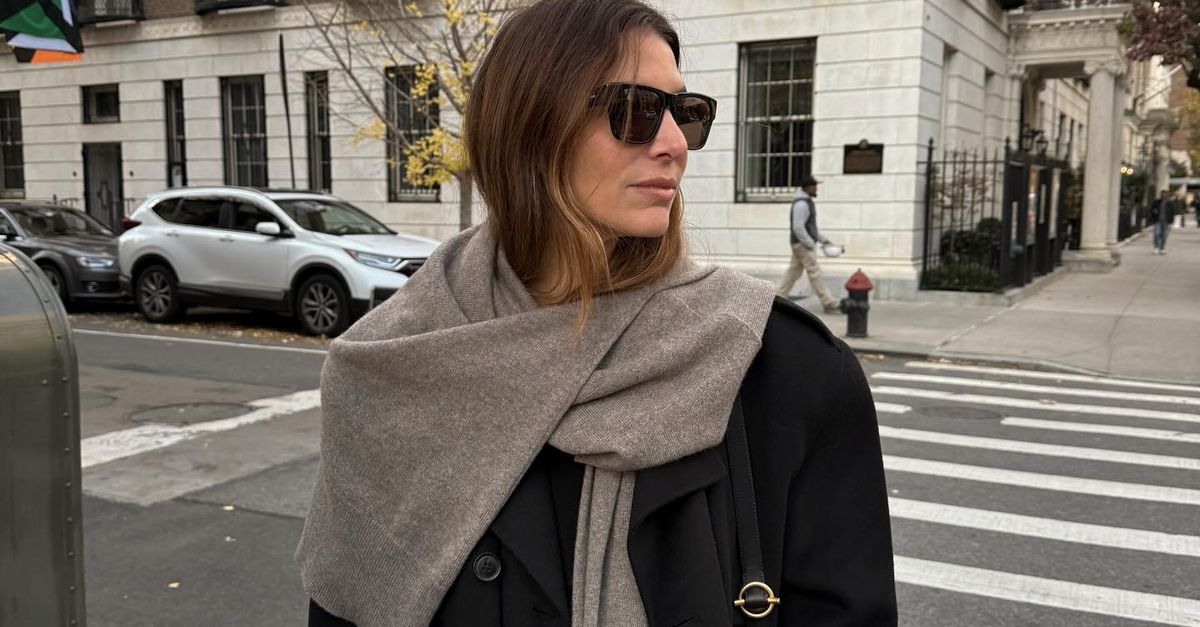Greg Kessler and Lauren Jarvis want to enhance American flavor profiles with peppers. And not just any peppers, but a palateful of varietal peppers, grown from seeds sourced from all over the world.
Kessler and Jarvis own Springs Fireplace, an all-natural condiment brand from East Hampton. Their seed-to-bottle pepper products are a mix of peppers, with no added fillers. The brand counts influential chefs as loyalists, and the products are sold at East End farmers’ markets, Northeast retailers and Amazon.
“People get excited when they go to farmers’ markets,” Kessler said. “They want to see stuff that they haven’t seen. They want to see what they don’t get at the grocery store. And that was, the reason why we started farming. It was just to deliver something new, and something exciting, and to fill a void.”
Kessler and Jarvis are not your typical farmers/hot-sauce makers. Kessler, for example, is a fashion photographer and the creator of The New York Times food column, “A Chef in the Field.” Jarvis is a startup investor whose background includes previous executive roles at consumer tech companies such as Spotify and Vevo.
In their careers they’ve honed a sense of what resonates with audiences, and their foray into peppers may be spot on. The hot sauce market may grow by as much as $1 billion by 2028, according to a report released earlier this year from New York-based Technavio, a research firm.
“The market is driven by the growing preference for cooking restaurant-quality dishes at home,” Technavia said in a news release about the report.
“Numerous variables, such as shifting consumer preferences, easier access to gastronomic resources, and the development of digital media, have influenced this trend,” according to Technavia. “Further, hot sauces, often integral to global cuisines, encourage home cooks to explore and recreate international dishes, providing an authentic touch to homemade meals.”
Right now Spring Fireplace’s most popular products include the bright and tangy Tesuque Hot Sauce, which the company said is made from seeds gifted by the Tesuque Pueblo’s Head of Agriculture. The citrusy Aji Peach Hot Sauce blends Syrian Aleppo and Peruvian Aji Limon peppers, with peach acting as an emulsifier, with no added sugar. And the Dried Chili Flakes are available as Syrian Aleppo, Basque Espelette and Korean Gochugaru.
This year the company is bringing two Southern Italian and three Indian varieties, sourced from Kessler and Jarvis’ travel. And there are plans for additional hot sauces in 2025.
Kessler and Jarvis bring a deliberate set of logistics to their company. Their peppers are grown on one acre in East Hampton, and the company co-grows with farms in Shelter Island, upstate New York and New Jersey.
“We lease property on their farm, they manage it, and we’re able to grow our peppers that we have originally propagated on the East End and have collected and saved those seeds and distribute those seeds to those farmers,” Kessler said.
With a nod to sustainability, he pointed to Tabasco’s growing practices.
“Tabasco originated on Avery Island in Louisiana, and now their peppers are actually grown all over the world, and flown back to the island, and that’s where [the sauce is] produced. So, we’re somewhat taking a nod from them just to hedge the bet with climate change,” Kessler said.
Referring to the heavy rains New York incurred this summer, he said, “that can get pretty problematic, and you can lose a crop.”
Peppers, he said, “don’t like to get wet. They like to be in the desert and they need a longer growing season. A farmer that I had worked with on the East End in Amagansett started his own farm in New Jersey, so we provided seeds from him to sort of mitigate the risk.”
“One of the ideas that we have for the farm and the brand is that we will always have our home base be in East Hampton,” Jarvis said. “But we will continue to build these co-growing relationships with other farms, where we give them our seeds. They’re growing using our growing practices.”
Kessler came into pepper-growing years ago. As a busy photographer, he pursued farming as a volunteer to stay busy. The long, intensive process of planting and growing intrigued him. By 2017 he started growing hops for beer, as well as indigo and peppers. It was Jarvis in 2022 who recommended he focus on the different pepper varieties.
To the mix, Jarvis brings her knowledge of scaling small businesses, especially in the tech space. This includes the “understanding of digital distribution of businesses and growth of businesses, using technology in addition to using traditional channels,” she said.
Because of his photography work, Kessler already had a relationship with influential chefs with tens of thousands of followers on Instagram who have visited the farm, interested in the peppers. To grow the brand, there is talk now with distributors, but for the meanwhile, Jarvis and Kessler like to bring samples to wherever they are traveling and popping into the kinds of stores where they’d like to shop.
In Connecticut recently, they dropped off samples at a shop there after chatting with the owner.
“The next week he called us,” Kessler said. “He said ‘I tasted the sauce. It’s great. I want it.”


























































![Mason Ramsey – Twang [Official Music Video] Mason Ramsey – Twang [Official Music Video]](https://i.ytimg.com/vi/xwe8F_AhLY0/maxresdefault.jpg)




















